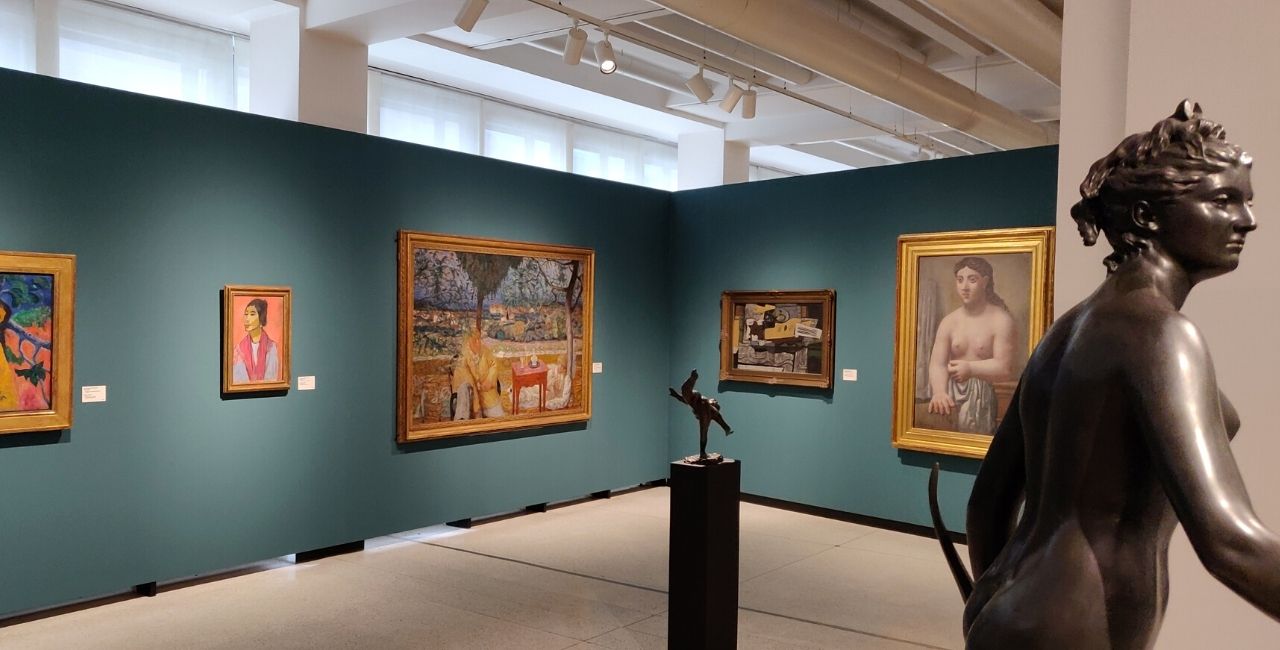The history of National Gallery Prague is traced back to 5 February 1796, when a group of important patriotic Czech nobles joined a few citizen intellectuals in the decision to elevate the deteriorating public taste.
The Society of Patriotic Friends of the Arts was created, soon establishing two institutions that Prague had lacked before: the Academy of Fine Arts and the Picture Gallery, which was accessible to the public.




